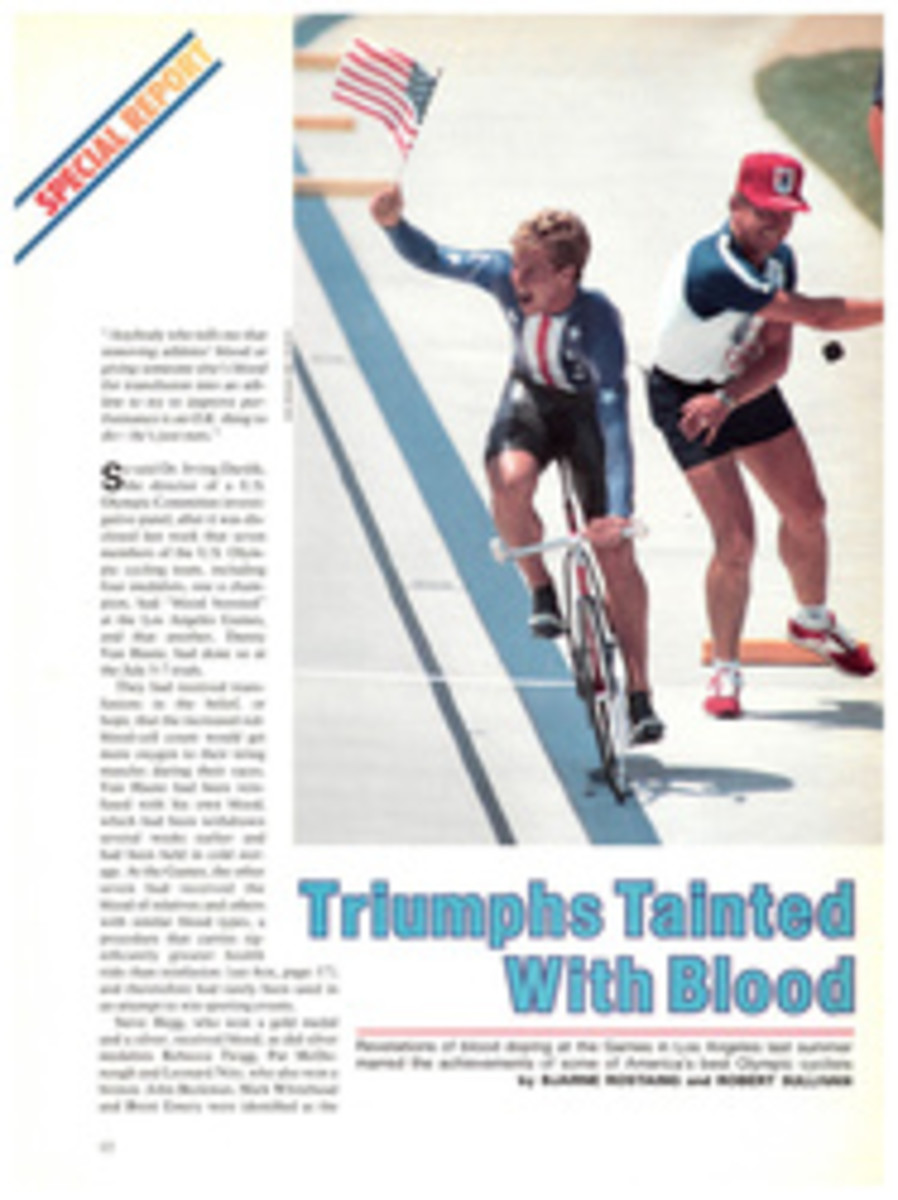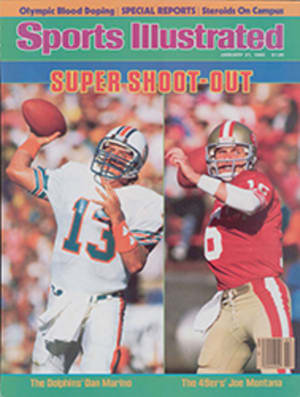
THE AUTHOR KNOWS HIS BEANS ABOUT MAINE'S FAMOUS MAIL-ORDER HOUSE
One of the more arresting sporting, economic and social phenomena in the U.S. is an entity called L.L. Bean, the 24-hour-a-day retail store and mail-order house in Freeport, Maine that sells about $240 million worth of sporting and other goods each year. But it is also, because of its widely distributed catalogs, a dream of outdoor virility, an image of pine-scented forests glimpsed through slowly falling snowflakes, and an object of affection for millions of Americans. What L.L. Bean is, how it got that way and where it's going are the subjects of a superb new book by Boston Globe sports columnist M.R. Montgomery, In Search of L.L. Bean (Little, Brown, $16.95).
Perhaps it's just as well to dispose quickly of my minor reservations about Montgomery and In Search. In the midst of pages of bright, imaginative prose reflecting inspired research, the author will occasionally be seized by abhorrence of the simple declarative sentence and ramble on through thickets of connecting clauses. The author also clearly has his own notions about the proper employment of that useful mark of punctuation known as the dash, to the befuddlement of this reader, at any rate. Perhaps the Globe isn't concerned about such matters. Otherwise, Bean is a beaut.
Leon Leonwood Bean was born in Greenwood, Maine in 1872. His parents died when he was 12, and he shot his first deer, with a borrowed rifle, when he was 13. He grew to be a large, sturdy man with feet that gave him much trouble whenever he went sloshing around in the mud and semifrozen marshes of inner Maine. One day in 1911, he mated a pair of low-cut rubber galoshes with the tops of a pair of leather boots and—more or less—L.L. Bean was on its way.
More or less, because the first 100 pairs of Bean's Maine Hunting Shoe were flops. L.L. refunded the purchase price for 90 pairs, after the rubber bottoms and leather tops parted company. But he solved that problem and numerous others, and before he died in 1967, Bean's had sales upwards of $3 million a year for the Maine Hunting Shoe and a whole line of outerwear and outdoor gear. To the end, L.L. believed he was selling his merchandise to outdoorsmen like himself, and he advertised his catalogs chiefly in hunting and fishing publications. As a native, he must have known that his customers were not state-of-Mainers, for, as In Search points out, Mainers go hunting and fishing in essentially the same outfits they wear to work.
The Great Truth discovered by L.L.'s successors at Bean's—led by his grandson and today's boss, Leon Gorman—is that the bulk of loyal Bean catalog customers are not outdoorsmen at all but the young, upwardly mobile, affluent, sophisticated Preppies and Yuppies of this world. They wear the Maine Hunting Shoe to walk the dog. The Bean customer profile is practically indistinguishable from that of any Ivy League alumni association. (Since 1978, 70% of Bean's new customers have been women.) You reach these people in publications like The Wall Street Journal and The New Yorker. Indeed, Montgomery says that "Bean's alltime winner for buyers-gained-per-dollars-advertised" is The New York Review of Books. "That is what it has come to—the person most in need of Maine Hunting Shoes and Maine Guide Shirts and Bean's Best Chamois Shirts is also the person who needs David Levine cartoons and endless discussions of neo-liberalism and the virtues of postmodern poetry. You figure it."
Along the way, as he tells the Bean story, of which the above is the barest of bones, Montgomery writes many an amusing and informative chapter and mini-essay about such disparate things as Maine humor, the invention of skeet shooting, the occult science of direct-mail marketing techniques, the split personality of New England fishing and fishermen and the reason why Maine has no large resort hotels worth mentioning, but Vermont and New Hampshire do. There is, finally, a hilarious description of the author's flight into an isolated Maine lake, dear to L.L. for its trout, in a small floatplane, with a short pilot who had to roll the plane up on one wing so he could see the ground from the side window, and who was also obliged to ask the passengers to look out to view the wheels because "the very important thing is not to try and alight on water with the wheels down, or on land with the wheels up." Join the search for L.L. Bean.

